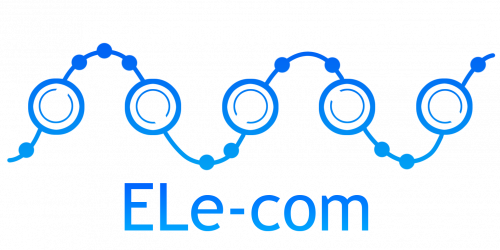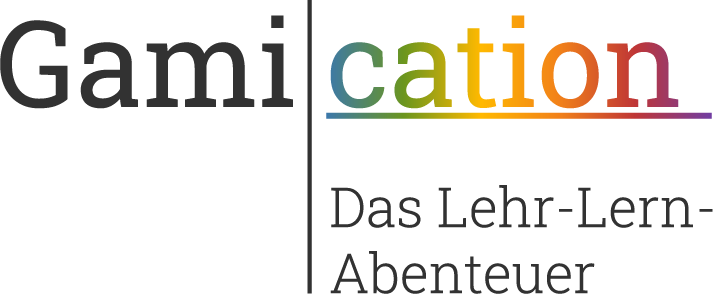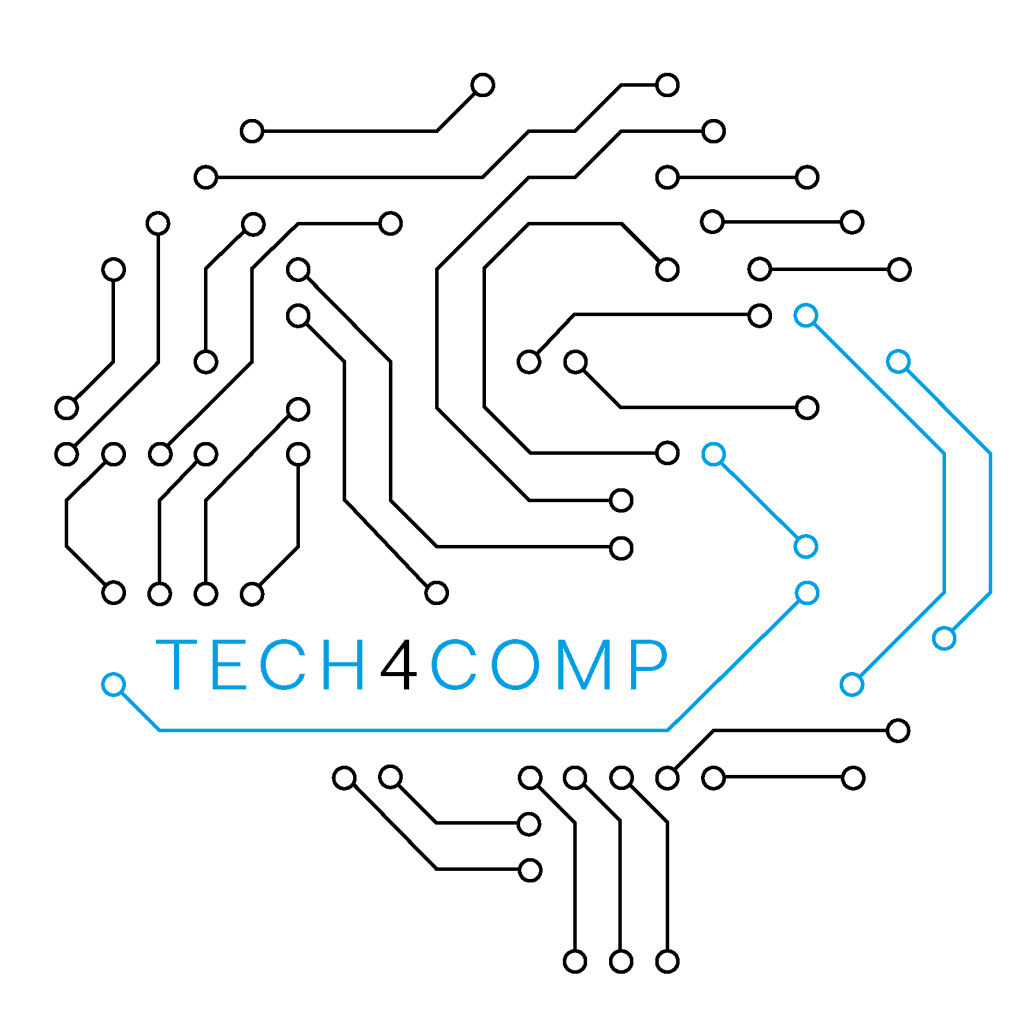Implementing self-directed learning in school lessons
Promoting skills for targeted and effective learning is an increasingly important goal in many schools. self-directed learning skills are considered an important skill for the future of students. In our research projects and further training, we repeatedly find that these skills cannot be assumed, but rather must be specifically supported. To this end, schools either offer their own subjects - e.g. under the title "Learning to Learn" - or give students help and suggestions directly in the subject lessons.
In educational science, two support approaches are distinguished: the direct funding through concrete learning opportunities – such as in the subject “Learning to Learn” – and the indirect funding through the use of methods in subject lessons that offer students opportunities to make decisions and shape didactic and methodological features (so-called dimensions) of the learning process.
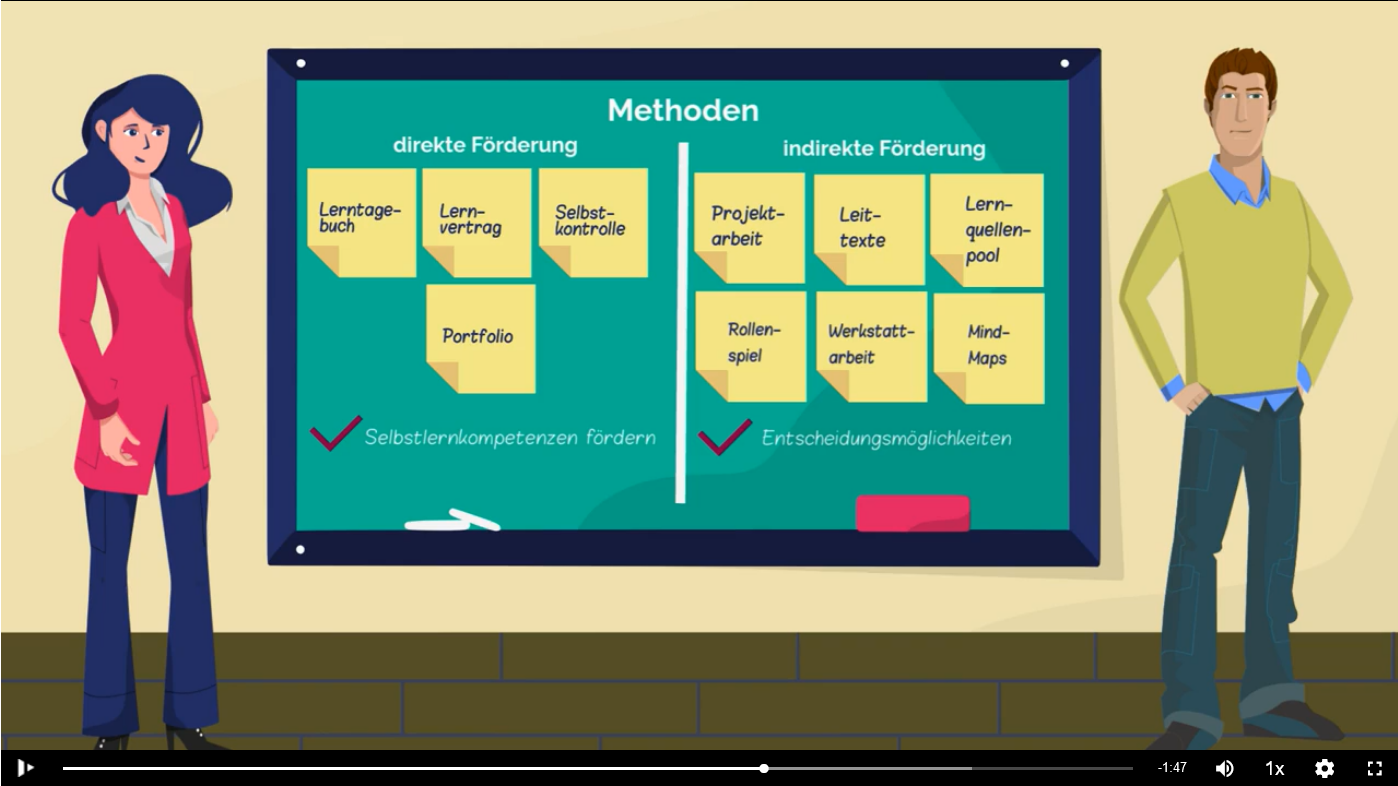
In our continuing education opportunities We give teachers suggestions and support them in planning and implementing their own teaching concepts with elements of self-directed learning. The teachers always surprise us with the creativity and variety of their implementation ideas. In May we published a blog post successful implementation examples from a recent teacher training course in East Belgium, which ran from December 2022 to May 2023. Shortly afterwards, we received requests asking whether we could share further examples and make them available as inspiration for other teachers. We are happy to comply with this request and present some excerpts from teaching concepts with self-management options that were developed in 2021 in a training course for teachers from East Belgian secondary schools and that, in our opinion, were particularly successful.
Examples of concepts that students Choice of learning content and materials make possible:
- On the topic of “rhymes and rhetorical devices”, the students were given different materials (e.g. explanatory videos and texts), which they supplemented with materials they had researched themselves and from which they could choose how they wanted to work out the theoretical foundations. They then used their work to create a self-selected poem to analyze.
- To work on the topic of “Evolution”, the students were allowed to choose which living being they want to demonstrate the theory of evolution in an exemplary manner. At the end, all of the students' work was presented in a jointly developed board game merged.
- As part of a project work On the topic of “minorities”, the students created an advertising campaign with postersto access a self-selected group of disadvantaged people to draw attention to.

Caption: Exhibition of posters created by the students in the school building (Photo: Jérôme Girkes).
Examples of concepts that have a learning support and advice integrate:
- In one class fixed "office hours" (such as every Thursday) for individual learning conversations introduced with the teacher.
- In the German subject, a teacher self-assessment forms available to help students assess their own strengths and weaknesses. They can be compared with the framework plan. Based on their assessments, the students first formulated their own learning goals. They then received consultation feedback from the teacher and planned with her accompanying their learning path.
- A teacher provided the students with Opportunities for self-reflection after completing the task. Depending on the result of the self-assessment, the students received Recommendations for the use of additional materialsto specifically address their learning needs or to deepen their skills and abilities.
- A teacher encouraged her students to create their own learning diaries in which they documented and reflected on their experiences and progress in learning.
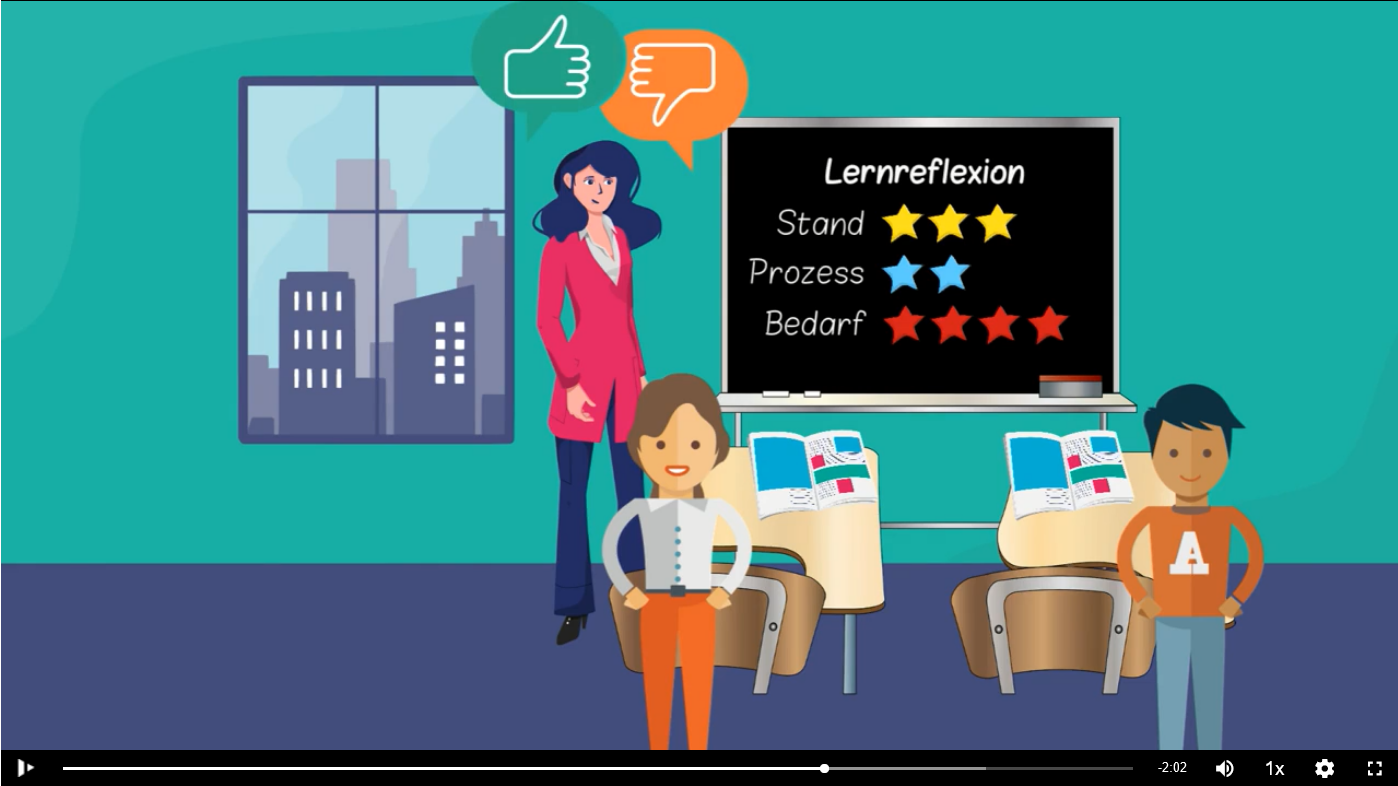
Examples of concepts that didactic principles to stimulate self-directed learning processes:
- By preparing her subject in the form of an Easter bunny race, a domino game and a word search, a teacher encouraged her students to playful learning
- A teacher encouraged the discovery learningby planning and implementing a station work in biology class in which the students could explore the five senses themselves with the help of small experiments and document their experiences.
- Um social learning To facilitate this, a teacher led a main text targeted team and group activities.

Examples of concepts that methods to indirectly promote self-directed learning:
- A teacher prepared a webquest through which they acquired knowledge on the subject of electrochemistry through guided internet research.
- In order to find an answer to the question “Is it okay to have sex at the age of 13?”, a teacher provided her class with an extensive collection of materials as learning resource pool available.
The selection of examples makes it clear that the teachers developed concepts for many different subjects. When implementing them, many aspects and processes were initially unfamiliar to them as well as to the students. In the end, however, all teachers were satisfied with their pilot projects and wanted to develop the concepts further and adapt them for other grades and subjects. We were very pleased with this positive response from the teachers - also because their approaches and the experiences they gained show that the scientifically developed and implemented concepts in a manual and one collection of methods collected content and recommendations for action are suitable for application in practice.
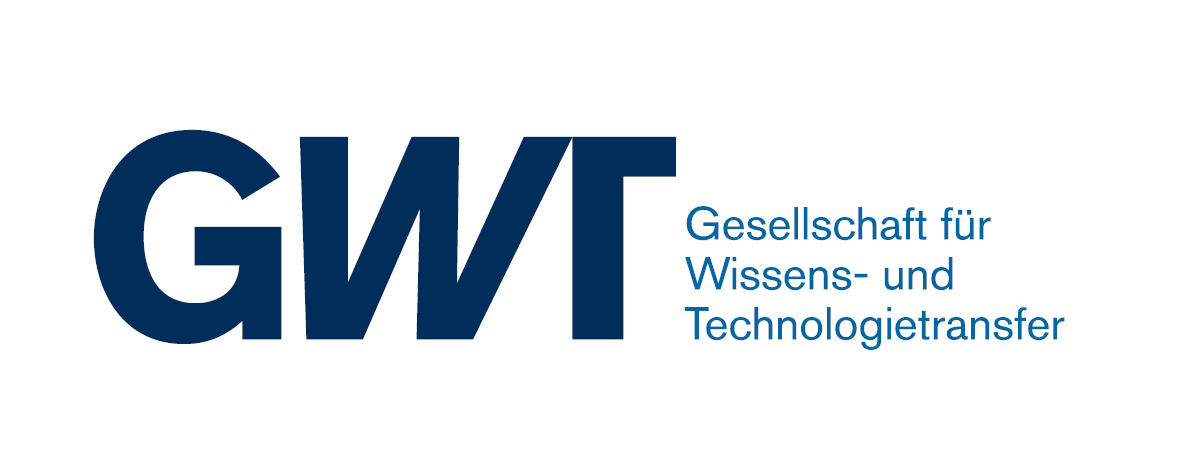
Further reading:
Dyrna, J., Riedel, J., & Stark, L. (2022). What skills do learners need for self-directed, digitally supported learning? Vocational Education in Science and Practice, 51, 18–22.
Riedel, J. (2021). Methods for the direct and indirect promotion of self-directed learning. In J. Dyrna, J. Riedel, S. Schulze-Achatz, & T. Köhler, Self-directed learning in continuing vocational education: A handbook for theory and practice (pp. 175–190). Waxmann.
Riedel, J., & Möbius, K. (2021). Ten principles for successful self-directed learning. In J. Dyrna, J. Riedel, S. Schulze-Achatz, & T. Köhler, Self-directed learning in continuing vocational education: A handbook for theory and practice (pp. 130–143). Waxmann.
Authors: Jonathan Dyrna, Michelle Pippig, Jana Riedel
selbstgesteuertes-lernen.de



